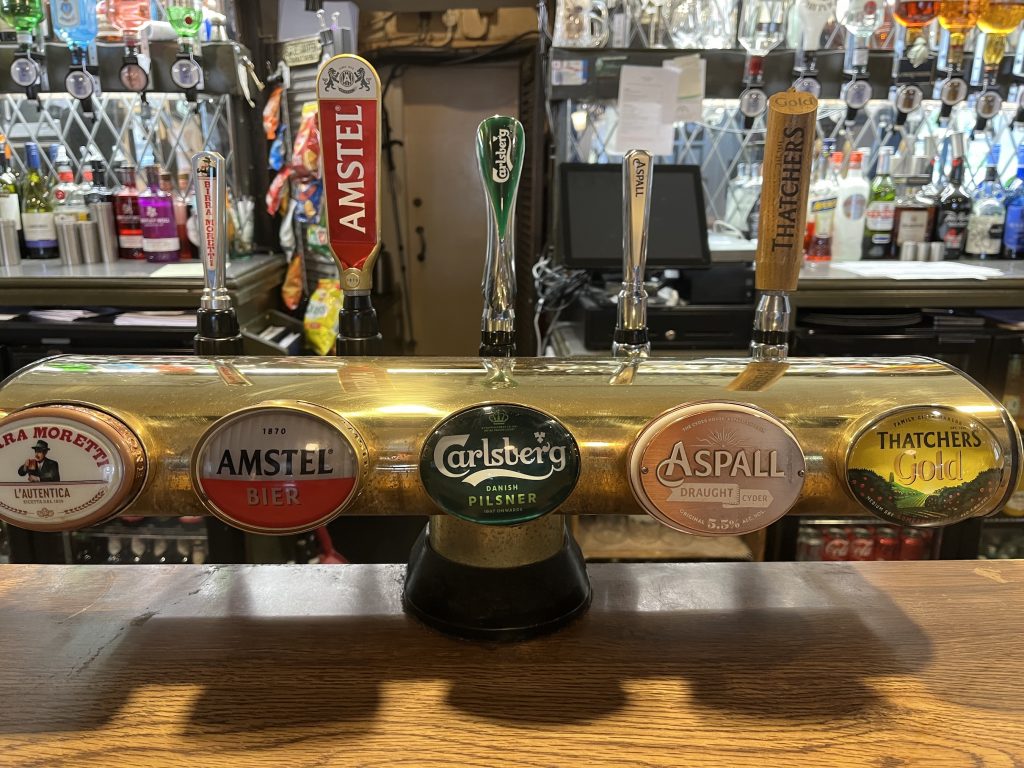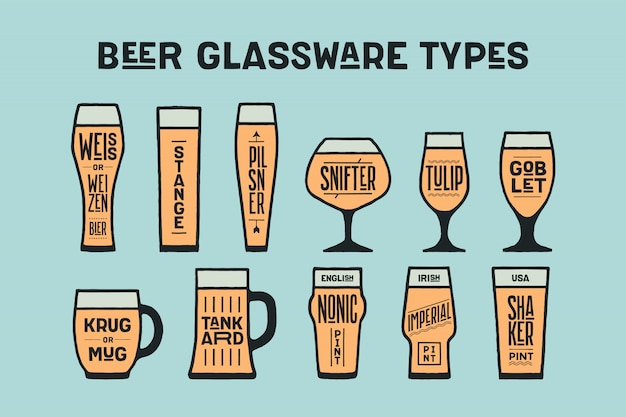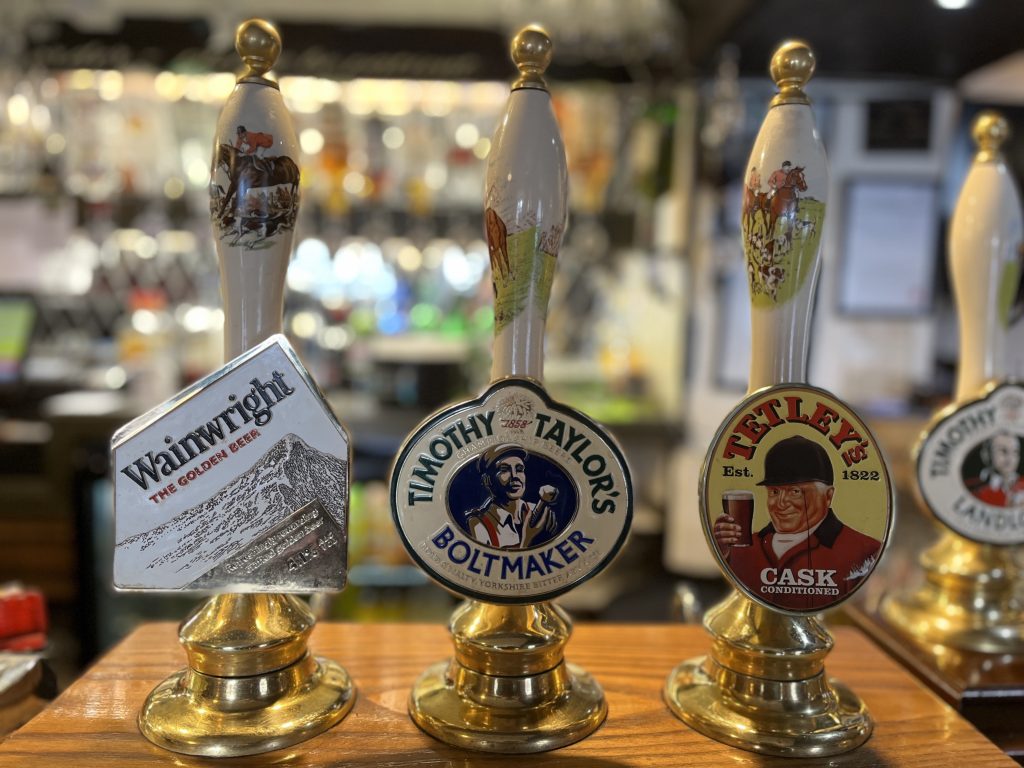So hopefully we can all agree that there’s nothing better than a cold drink on a nice hot day. And what a few hot days we’re having! As I write this it’s currently 28c outside and Gargrave is looking spectacular in the summer sun. As is our beer garden which is currently bustling with people enjoying a refreshing beverage after work! This month though, I wanted to focus on an element of the hospitality trade, which is often taken for granted, sometimes by consumers, but more so, and more surprisingly by some establishments! That is the ancient art of cellar management and keeping the perfect pint.
In the bar we have a wide range of hand pulled ales, right through to crisp, refreshing draught lagers and ciders, so there’s plenty to suit everyone’s tastes! When the hospitality industry was allowed to reopen after lockdown (which thankfully now feels like a lifetime ago), it was evident that customers had sorely missed the unique on-trade experience of draught lager, evidenced by the CGA who state that of the consumers that chose larger in pubs and restaurants, 67% of them chose it on draught.

One of the things we pride ourselves on the most here at The Masons Arms, is our ability to keep and serve the perfect pint, and there really is a lot more that goes into it than you might imagine. We like to ensure that we have the right balance between real ale, premium and cost-effective lagers/ciders in order to give our customers a range of choice. In recent years, there has definitely been a generalised shift towards the more premium end of the scale such as Birra Moretti.
Cellar Management – Cleaning
The most important element of serving the perfect pint happens behind closed doors. We clean our lines on a regular basis of once per week. On the surface it’s actually quite a straightforward ritual, but unfortunately, it’s one that is often overlooked by many a pub across the land. The process only takes around 2 hours from start to finish, but by skipping this step it dramatically affects how the beer tastes and it’s visual characteristics.
The second element of the cleaning process is ensuring the glassware we serve our beer in is in perfect condition. This doesn’t just mean that the glasses are clean, no, no, no. The glasses need to be ‘beer clean’, a term you may or may not have heard of! Beer clean effectively means free of any impurities: leftover sanitizer, beer, dirt, food, detergent, grease, chap stic, lipstick, lip balm, or anything else that would provide the escaping CO2 a spot to cling to. The bit that a lot of people miss is the detergent element, as over time by cleaning the glassware in the glass wash machine, it leaves a thin layer of detergent on the inside of the glass. Now this is totally harmless, but overtime it stops the froth of the beer from clinging to the side of the glass as you drink it, and also in lagers it has a negative effect on the nucleation points (etchings on the bottom of the glass), which are there to give the dissolved gas in the liquid something to latch on to and form bubbles, producing a steady stream of the bubbles as they rise from the base. In order to properly maintain the glasses we ‘renovate’ them using a specially designed formula to restore glassware to perfect condition!
Use the right glass!
How many times have you been in a bar, really looking forward to a refreshing pint, only to be served it in a totally wrong glass? I was once served a pint of real ale in a Carling glass for crying out loud! Obviously these days we have branded glasswear to make this task a lot easier, but it’s not all about what it says on the side of the glass, it’s more about the shape and feel. It’s been proven that the shape of a glass enhances the consumer drinking experience because by been visually appealing, it subconsciously tells you that this is going to taste amazing. Consumer research actually shows that they believe drinking out of a branded glass is a sign of a quality beer. From a more technical standpoint, the shape of the glass actually affects how the bubbles release off the bottom of the glass and how the head of the beer forms and is retained. There’s nothing worse than getting a pint of larger that by the time you’ve walked to your table the head is nowhere to be seen!

The pour
Now the bit you’ve all been waiting for, the pour of that amber nectar! I’m sure that everyone who’s ever drank a pint in a bar will believe they can pull a pint easy enough, but I can assure you it’s not as easy as it looks! Each brand and type of beer pulls ever so slightly differently, and when it comes to hand pulled real ale, factors such as exterior temperature, time of year, how much beer is in the barrel, and how much it’s been used, affects the pour.
As a rough rule of thumb for larger and cider, make sure the glass is at a 45-degree angle and not touching the faucet. Turn the tap on quickly and allow the glass to start to fill up. As it fills, gradually start to tilt the glass back to the upright position, so you can fill the glass from the centre point, allowing the head to form. By ensuring that the faucet is always above the surface of the beer, you’re more likely to get the perfect head on the pint.
Our Current Draught Offering
Currently in the pub we have the following hand-pulled real ales on draught, however these change regularly in order for us to keep a varied offering.
- Tetley Cask
- Timothy Taylor’s Landlord
- Timothy Taylor’s Boltmaker
- Wainwrights Golden

As for lagers, ciders and stout we have;
- Birra Moretti
- Amstel
- Carlsberg
- Aspall
- Thatchers Gold
- Boddingtons
- Guinness
To conclude
That’s it then, a brief look into how it all happens and how we pour the perfect pint here at The Masons Arms in Gargrave. Of course, we’re more than willing to put our money where our mouth is and allow you to taste a refreshing pint for yourself! Go on, test us!
Until next time, thanks for reading.
John, Nic and The Masons Arms Team
